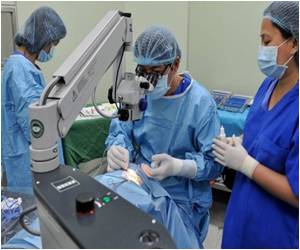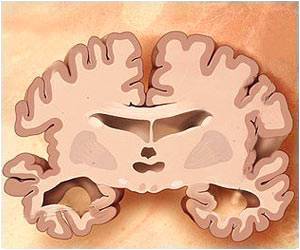
In animal studies, group-2 innate lymphoid cells (ILC2s) confer immunity during a parasitic infection in mice and are also involved in allergic airway inflammation. A team of Perelman School of Medicine, researchers from the Departments of Medicine, Microbiology, Pathology and Laboratory Medicine, and Cancer Biology, found that maturation of ILC2s requires T-cell factor 1 (TCF-1, the product of the Tcf7 gene) to move forward. TCF-1 is protein that binds to specific parts of DNA to control transcription of genetic information from DNA to messenger RNA.
Avinash Bhandoola, PhD, professor of Pathology and Laboratory Medicine, and Qi Yang, PhD, a postdoc in the Bhandoola lab, describe in Immunity that one mechanism used to build ILCs is the same as that in T cells. Both cell types use a protein pathway centered on Notch that the lab of coauthor Warren Pear, MD, PhD, also in the Pathology and Laboratory Medicine, has studied for the last two decades. Other contributing authors are from the laboratory of David Artis, PhD in Microbiology, that are experts in ILC function, and Angela Haczku, MD, PhD, in the Department of Medicine, who focuses on asthma.
But what makes ILCs and T cells different in their final development? T cells are made in the thymus. ILCs don't need the thymus, but researchers don't know exactly where they are produced, just that the thymus isn't essential for their normal development, unlike T cells.
In the Immunity study, mice without the Tcf7 gene also lack ILC2, and were unable to mount an ILC2 immune response. Forced expression of TCF-1 in bone marrow progenitor cells in the mice partially bypassed the requirement for Notch signaling in the generation of ILC2 in the mice. The researchers suggest that transcription factors such as TCF-1 that underlie early steps of T cell development are also implicated in the development of innate lymphoid cells.
The collaborators' next steps are to better understand the basic steps of ILC development and build mouse models to test ILC function. "We want to know where ILCs develop in the body and what progenitor cells give rise to ILCs." says Bhandoola. "If we succeed in constructing mouse models missing different types of ILC, our collaborators can use them to better figure out what these cells do, and perhaps eventually how to control them."
Advertisement











